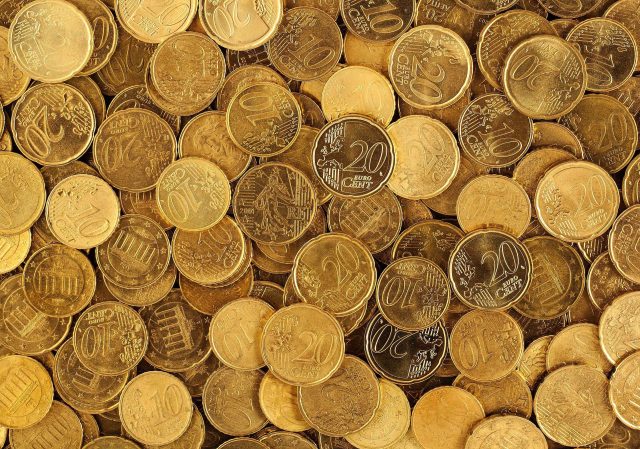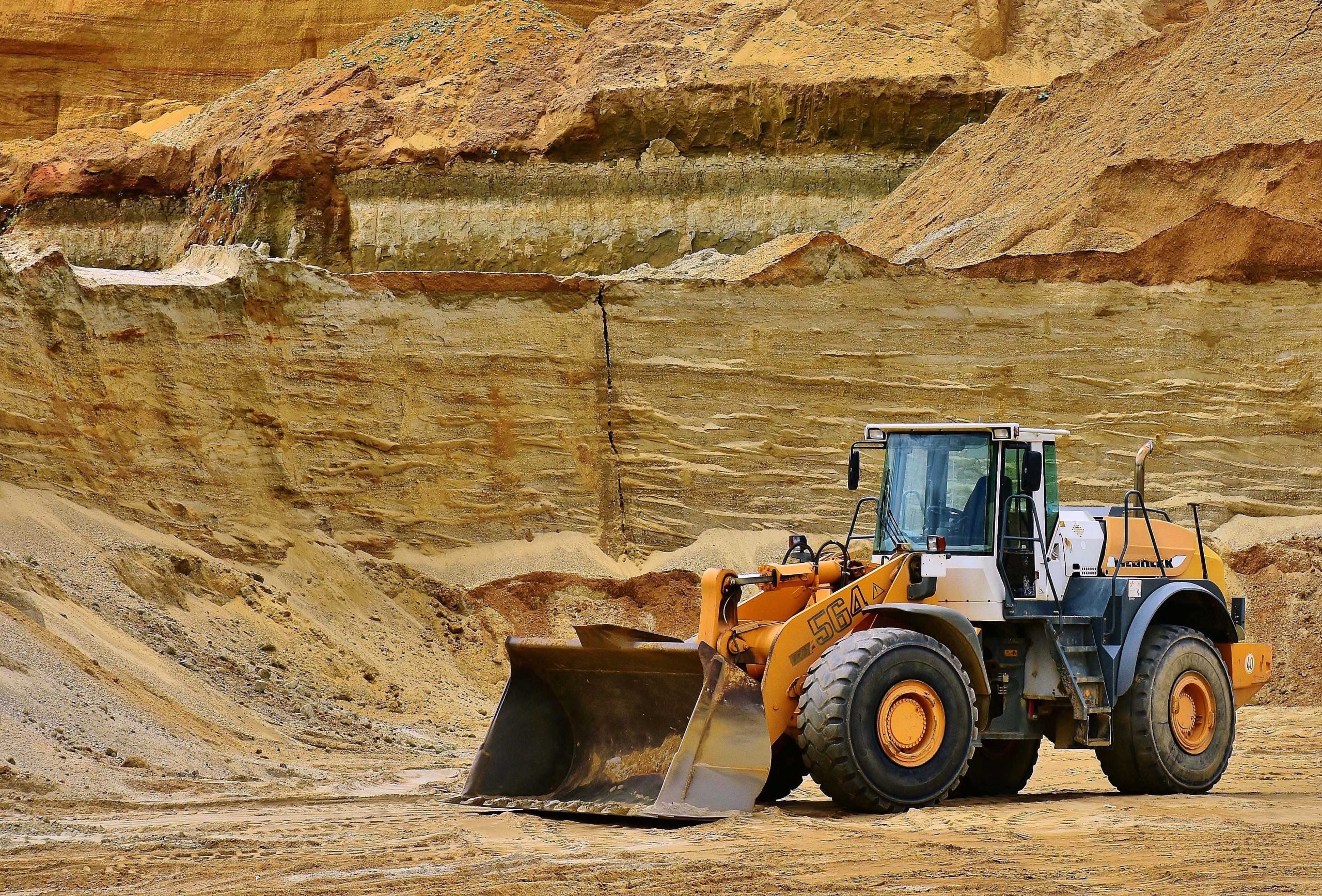
The coalition government in Bucharest is currently awaiting a decision in one of the most complex court cases Romania has ever been involved in. Beyond the huge sums it could have to pay if it loses the case, the Romanian state will come out with a shattered image and damaged credibility.
Despite the fact that the public has not received much information over time, it proves as clearly as possible that the Romanian state has played both ends against the middle in the Rosia Montana case. Because that is what this is about, the lawsuit brought against the Romanian state by the company that holds the licence to mine gold in the Apuseni Mountains at Rosia Montana. The same Romanian state that in 2013 granted the mining licence to the Canadian company Gabriel Resources, four years later requested the inclusion of the Rosia Montana site in UNESCO heritage. The result of this double game: a billion-dollar lawsuit on the one hand and a deserted village where not only no tourists come, but the locals have long since left.
Roșia Montană gold and silver deposits valued at over $16 billion
The Roșia Montană soap opera began in the early years after the 1989 Revolution and, in one way or another, almost all Romanian governments have been involved to one degree or another. The first to see the potential of the Roșia Montană gold business was Romanian-American businessman Frank Timiș, who obtained the mining licence in 1997 under the first right-wing coalition government headed by the National Peasant Christian Democratic Party. A year later, under the same government, the business, in which the Romanian state was a 20% shareholder, was bought by Gabriel Resources. It took another decade and a half before, in 2013, the Canadian company received the exploitation licence. At the time, the gold and silver deposits were valued at $16 billion and, according to the contract the Romanian state offered the company, it was to receive an annual royalty of 6% of this value.
It is only then that the real “soap opera” begins, with the permission granted by the then social-democratic government to the company to use the controversial cyanide mine. Environmental NGOs – and not only – mobilised and mobilised tens of thousands of people who protested in the streets across the country under the slogan “Save Rosia Montana”. The movement was so large that some of the leaders of the action were propelled into the next parliament and government. From “Save Roșia Montană” to the #Rezist movement, it only took the spark – without being ironic – of the episode “Colectiv” – the tragedy in which a fire in a private club in the capital killed several young people and seriously injured others. The one-party social-democratic government led by the young prime minister Victor Ponta had to leave and in its place came, on the #Rezist wave, Dacian Ciolos’ “technocrats”. And one of his last acts, before ending his controversial mandate in 2017, was to promote the Roșia Montană dossier to UNESCO.

In the meantime, under pressure from the street, the law on the use of cyanide was rejected by both chambers of parliament between 2013 and 2014. As a result, Gabriel Resources sued the Romanian state at the World Bank Arbitration Court. The National Liberal Party and its presidential candidate Klaus Iohannis played an important role in the rejection of the draft legislation. Although they initially supported Ponta’s bill, they changed their minds around the 2014 election campaign and voted against it. And Iohannis – who became president – made it clear that he was against the project.
The army of lawyers employed by the government advised the decision-makers in Bucharest to withdraw the file from UNESCO to minimise the damage. And social democratic governments have tried to block the dossier. But Liberal Prime Minister Ludovic Orban completed the process in 2020 and Roșia Montană became a protected historical site.
The statements made at the time by Liberal minister Bogdan Gheorghiu are indicative of the inability of the Ludovic Orban cabinet to resolve the issue and how its members preferred to leave it to those who would follow after them:
“In a way, it is understandable, because the Romanian state, in this arbitration process in Washington, is represented by the Ministry of Finance, which has hired a law firm (…) The Ministry of Finance says that if we keep the file we pay 5 billion, if we withdraw it we pay around 1 billion, because we pay compensation anyway, so say the lawyers, but the point is, someone guarantees us that if we withdraw the file now and wait another 5 years, because we would have to start the whole procedure all over again, there will really be that difference. Nobody guarantees that. Let there not be an attempt to throw the cat out of the bag, so, preventively, in case we lose, to point the finger at those who did not withdraw the file when ordered, I don’t know, by a law firm,” Gheorghiu said in an interview with Europa Liberă.
The radio station reported at the time that the contract signed by the Finance Ministry with a consortium of law firms representing it at the Washington Court of Arbitration did not provide for a success fee. However, the amounts charged by the lawyers were quite steep – 137-139 euros/hour – and in the absence of further clarification on this issue from the decision-makers we can only assume that, since the contract was signed in 2015, the overall amount charged by them is in the order of hundreds of thousands if not millions of euros. But what is this money when we are talking about several billions that Romania could be forced to pay?
750 million in compensation and 3 billion in penalties
After years of being in the shadows, recently a piece of information about the trial leaked to the press in Bucharest from government sources, with the obvious aim of preparing the Romanian public for what is to come, for the verdict of billions. It is not known exactly when this verdict will be issued, nor is the amount clear. The current Prime Minister Marcel Ciolacu claims that it would be only 2 billion, that is half of the amount demanded by Gabriel Resources as compensation – about 750 million dollars, to which would be added another 3 billion dollars in penalties and interest.
The provision of this information gave the current Social Democrat Prime Minister, Marcel Ciolacu, the opportunity to prepare his defence, or more precisely, to apologise on the subject. Unfortunately, however, the current PSD-PNL coalition government will more than likely be the one to open the country’s treasury to the Canadian company. And they too will have to explain some of the questions – raised by lawyers – such as why Romania did not contest these amounts, why it did not come up with its own evaluation report or how it ended up losing money that could have been used to build 200-300 kilometres of motorways. Obviously, the two main actors in this soap opera – Victor Ponta and Dacian Ciolos – blame each other, and the current Prime Minister promises to unseal documents so that the world can find out the truth. But in all likelihood, much about Roșia Montană will remain unresolved.
The subject of Rosia Montana has been shrouded in legends from the outset, which talked about gold and silver not being the only minerals that the foreign company wanted to exploit (namely uranium), but this information has never been officially confirmed. There has also been talk of foreign businessmen allegedly behind the Canadian company, and one name has been that of former US President Donald Trump’s economic adviser, billionaire John Paulson, connected to Romania by marriage to a Romanian woman. But even this information has never been confirmed – or denied – (officially, three investment funds are behind Gabriel Resources).
The irony is that the inclusion of Rosia Montana in UNESCO’s heritage has had precisely the opposite of the expected effect. The few investors can do almost nothing to economically revive the area precisely because it is in UNESCO heritage. With no investment, no jobs, the locals have long since left and tourists don’t come because there’s not much to visit apart from the Roman galleries.



 Subscribe
Subscribe